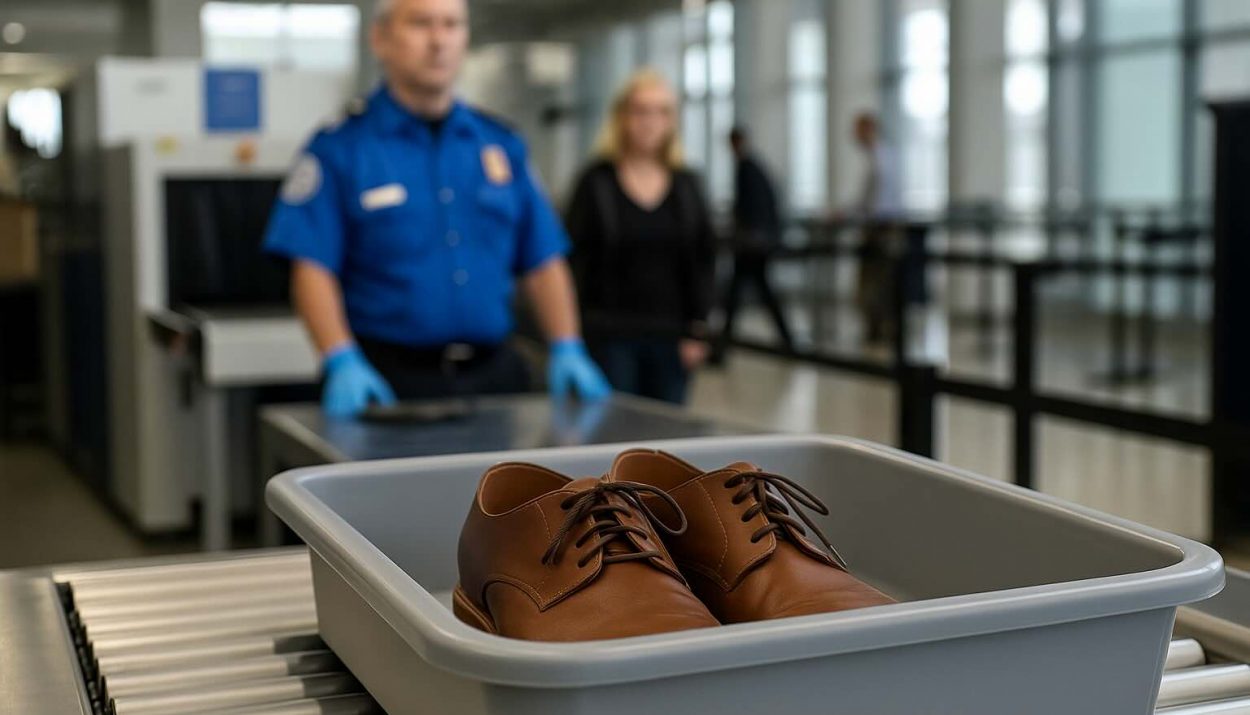In a major shift that will impact millions of travelers, the Transportation Security Administration (TSA) has announced that it will no longer require passengers to remove their shoes during airport security screening. The change comes more than two decades after the policy was first implemented in response to a 2001 attempted shoe bombing incident.
Why Did the TSA Require Shoe Removal in the First Place?
The shoe removal policy was introduced after Richard Reid, known as the “Shoe Bomber,” attempted to detonate explosives hidden in his shoes on a transatlantic flight in 2001. Since then, passengers across the U.S. have been required to take off their shoes when passing through security—something that has become a hallmark of post-9/11 travel inconvenience.
But with advances in screening technology and behavioral risk assessment, the TSA says that removing shoes is no longer necessary for effective security screening.
What Changed?
The decision to end the policy is driven by the nationwide deployment of next-generation CT scanners and enhanced detection software that allows TSA officers to scan footwear without requiring removal.
According to TSA Administrator David Pekoske, “Technology has caught up with our security needs. Travelers can now keep their shoes on without compromising safety.”
Does This Apply to All Passengers?
✅ Yes, for the most part.
The new policy applies to most travelers, including those not enrolled in TSA PreCheck. However, there are a few exceptions:
- If your shoes trigger an alert in the scanner, you may still be asked to remove them.
- High-risk travelers or individuals selected for additional screening may still be subject to the older protocols.
- Children under 12 and seniors over 75 already had relaxed shoe policies; now the rule applies more broadly.
When Will This Go Into Effect?
The TSA has already begun rolling out the change at major U.S. airports and expects the policy to be implemented nationwide by early fall 2025. Travelers are encouraged to still follow all other TSA guidelines, including removing belts, jackets, and electronics until further notice.
How This Impacts the Travel Experience
For frequent flyers, this change is a welcome relief:
- Faster lines: Reduced time spent at checkpoints.
- Less stress: No more juggling shoes, bags, and laptops all at once.
- Better accessibility: Easier for people with mobility issues, families, and elderly passengers.
Many are hailing this update as a long-overdue modernization of outdated security practices.
What’s Next for TSA Modernization?
The TSA continues to invest in:
- Biometric screening
- Touchless ID verification
- Automated carry-on scanning lanes
These updates reflect a broader shift toward risk-based, tech-driven security strategies that balance efficiency with protection.
Conclusion
With the end of the shoe removal policy, U.S. air travel takes a step toward a more comfortable and traveler-friendly experience—without sacrificing safety. As the TSA continues to modernize, passengers can expect smoother airport journeys ahead.






